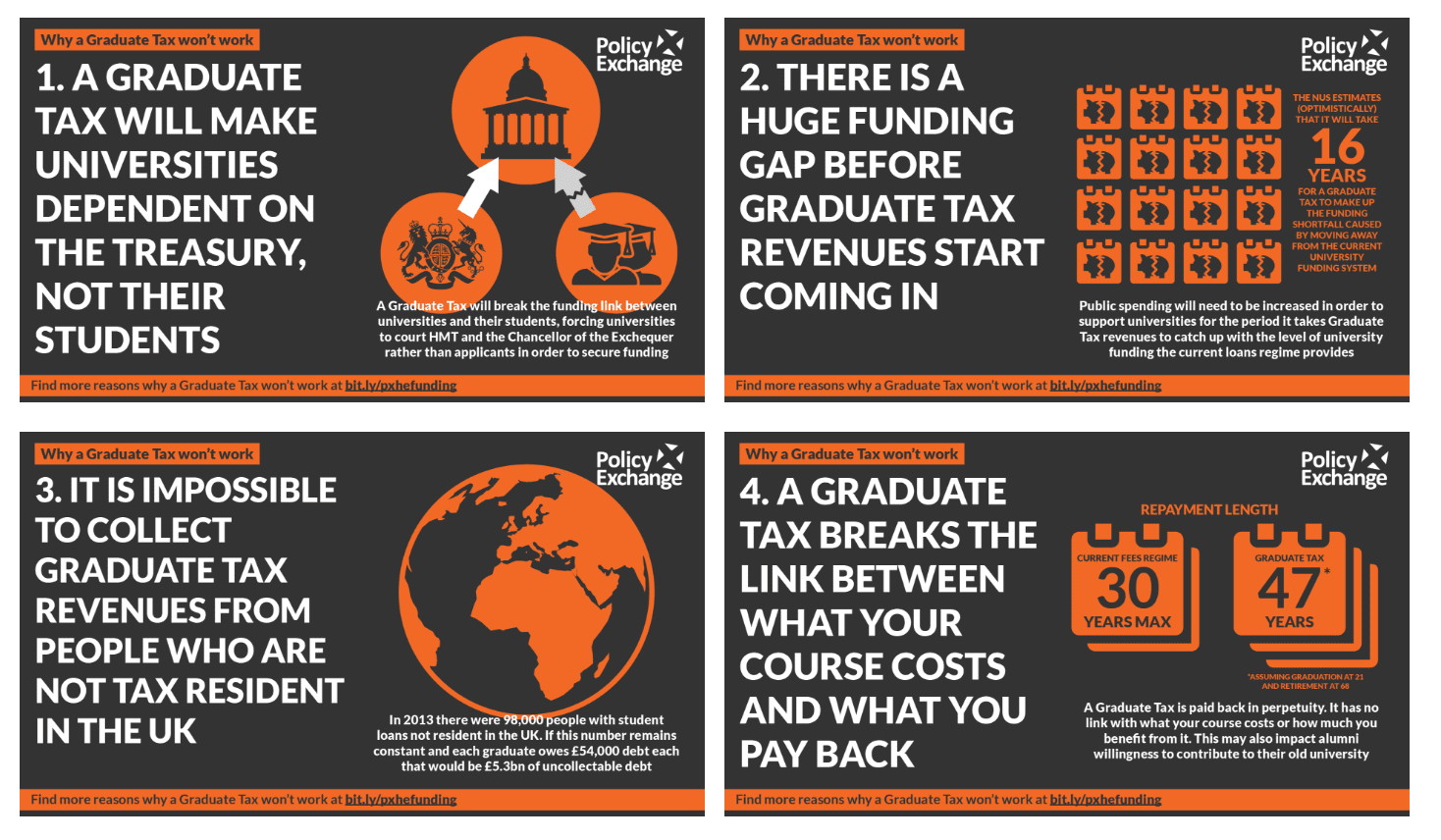Across the country, hundreds of thousands of students will get their A Level results today and with it a passport to their next stage of study or work. In particular, record numbers of young people are expected to start a degree this September. Despite a lot of sound and fury, the data around universities funding and access is a fundamental good news story. Here are six key facts for A Level results day:
1. 16-18 year olds are changing their A Level choices. The biggest increases since 2010 have come in maths and some of the physical sciences. Some traditional modern languages continue to decline rapidly.
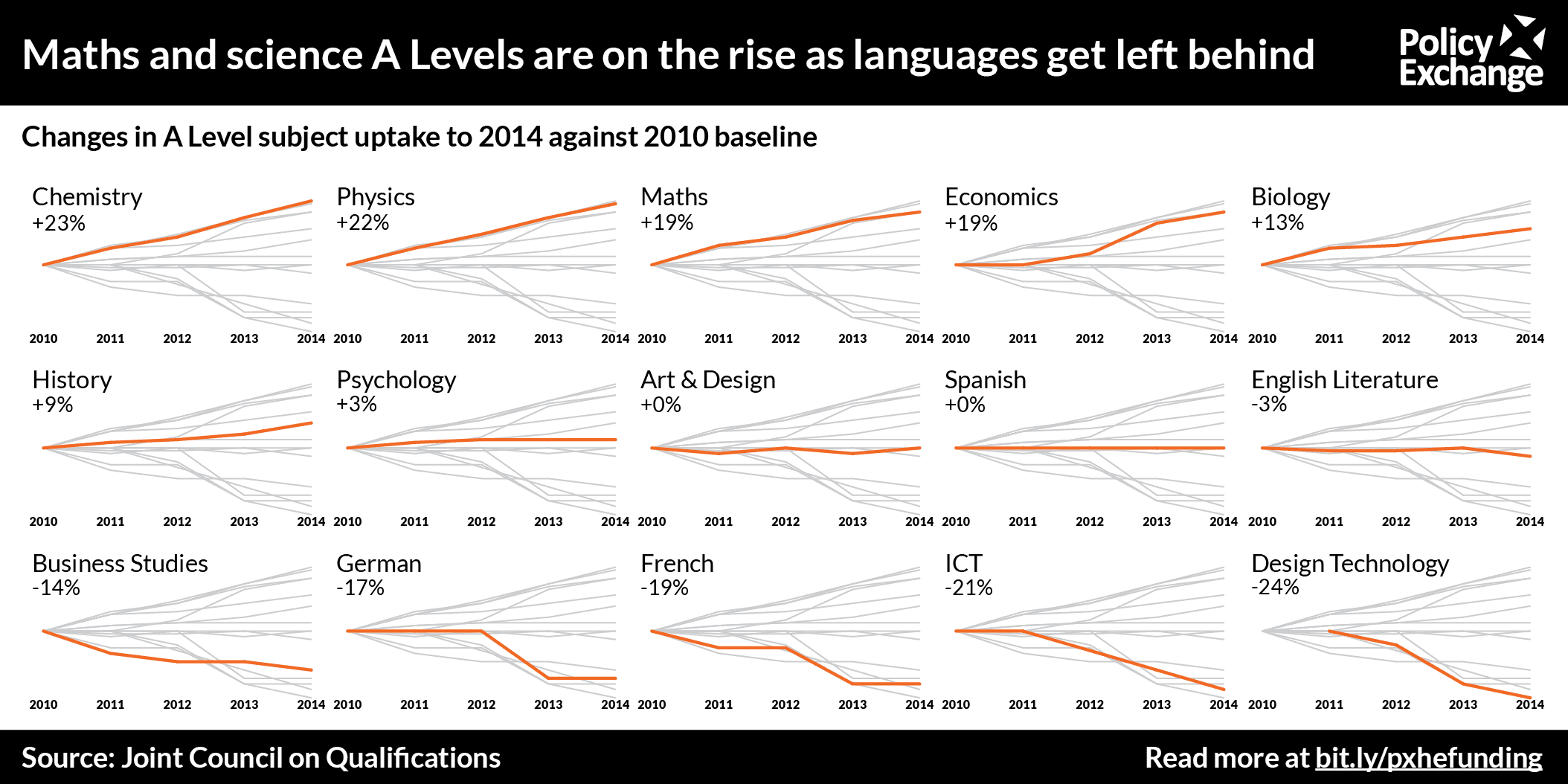
2. Under the new £9,000 fee system in England, more young people are going to university than ever before, and more poorer students are going than ever before – including more than in Scotland where university is free (translated: paid for by all taxpayers, the majority of whom aren’t graduates).
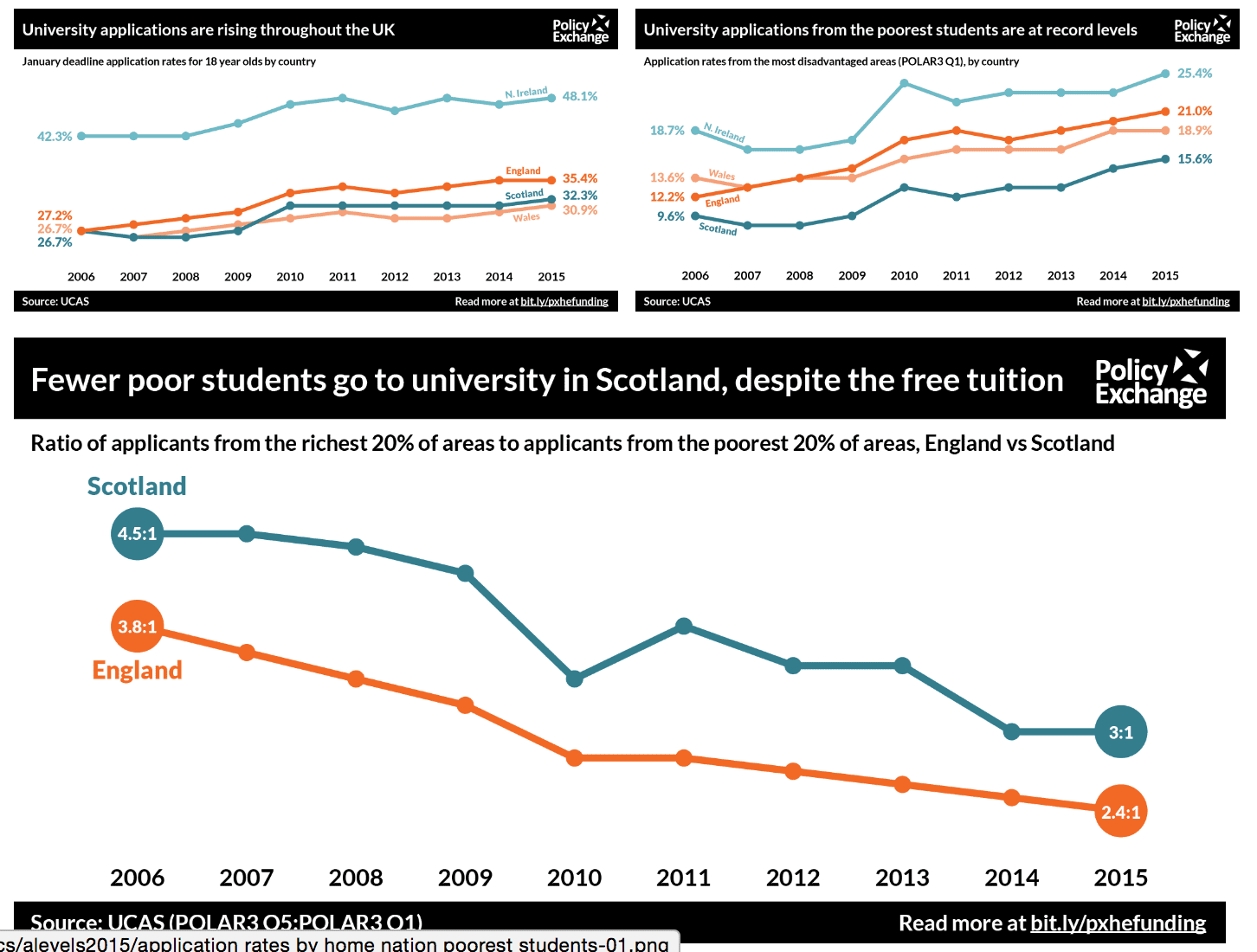
3. That is, in large part, because the student finance system represents a good deal. In fact, the new repayment system for the £9,000 loans is a better and more progressive system than the old one, with lower repayment rates for graduates, and (as before) payments are entirely on an income contingent basis.
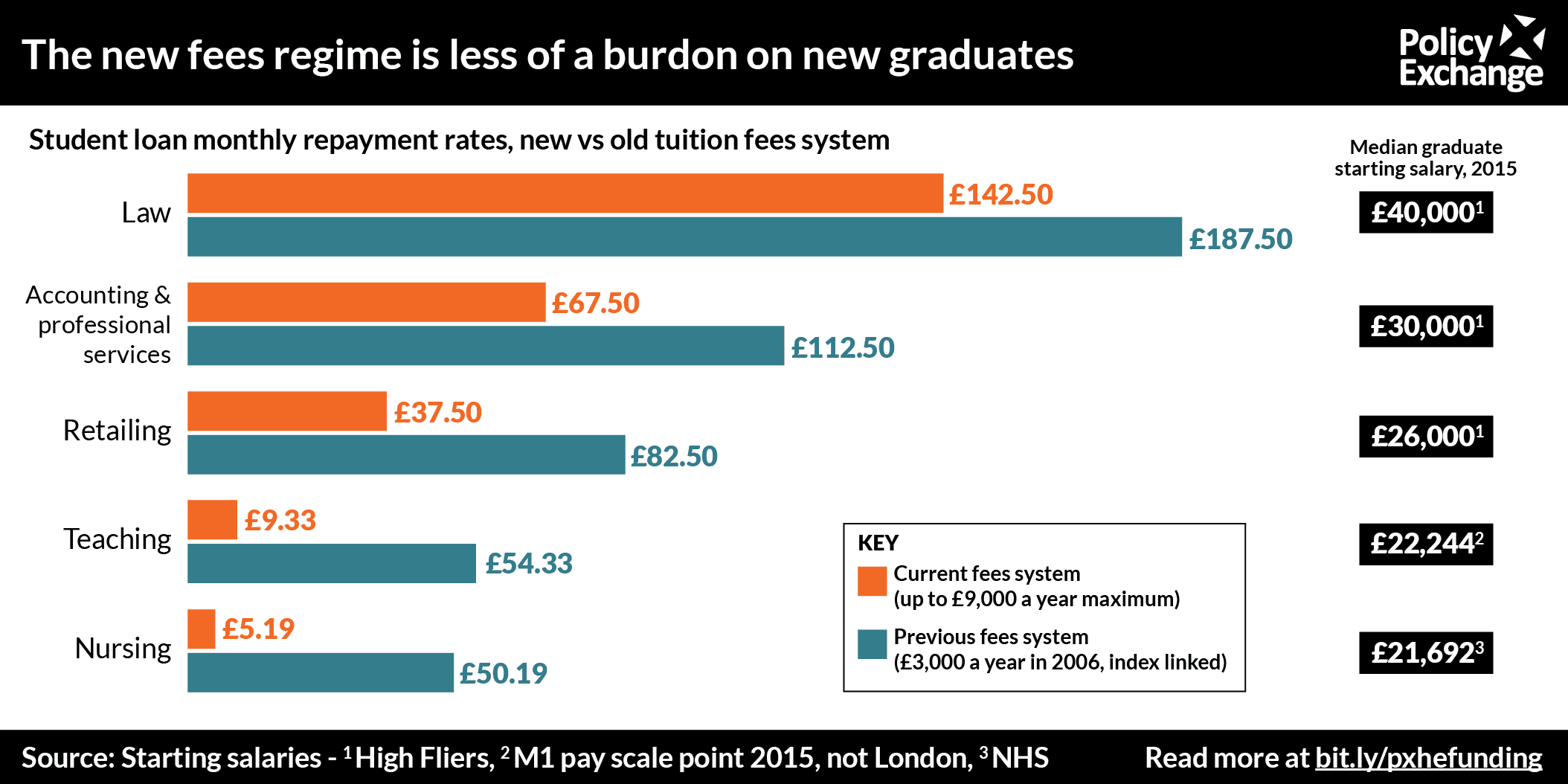
4. Students are broadly happy with university – though they have some concern about value for money. The latest data from the large scale National Student Survey shows that satisfaction rates have held up even as fees have increased. Students think overall that they get what they signed up for. The one point to watch is on value for money, where over a third of students aren’t sure they get value for money.3. That is, in large part, because the student finance system represents a good deal. In fact, the new repayment system for the £9,000 loans is a better and more progressive system than the old one, with lower repayment rates for graduates, and (as before) payments are entirely on an income contingent basis.
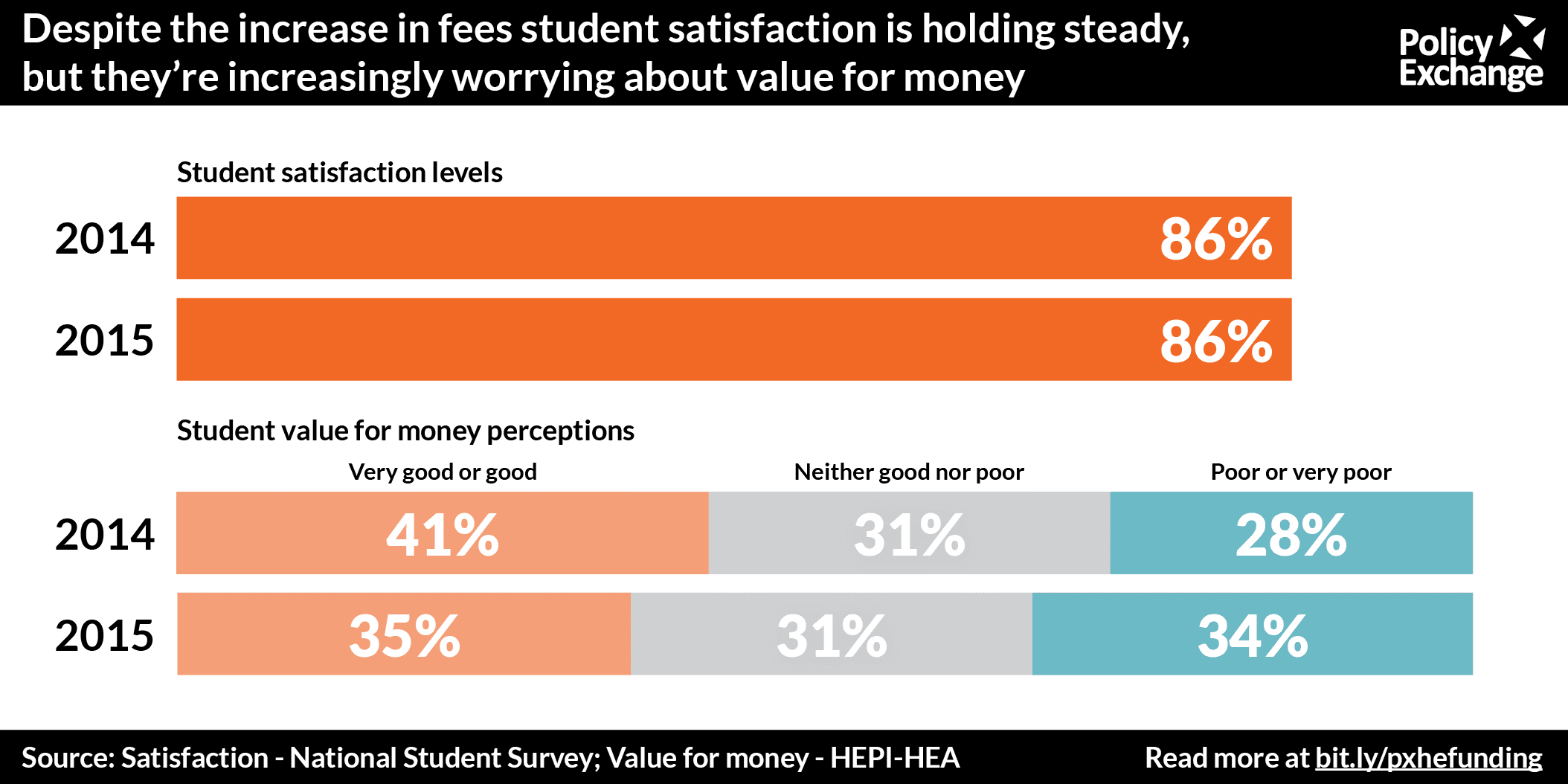
5. The new model of funding universities is not ‘privatisation’. On a simple basis, the state directly provided just over a third of universities’ income last year. If, however, you factor in the likely wipe out rate for student loans (where the cost is borne by the state) then the state contribution rises to over half. In other words, this is a mixed funding model – both the state and the graduate benefit from a degree, so both pay.
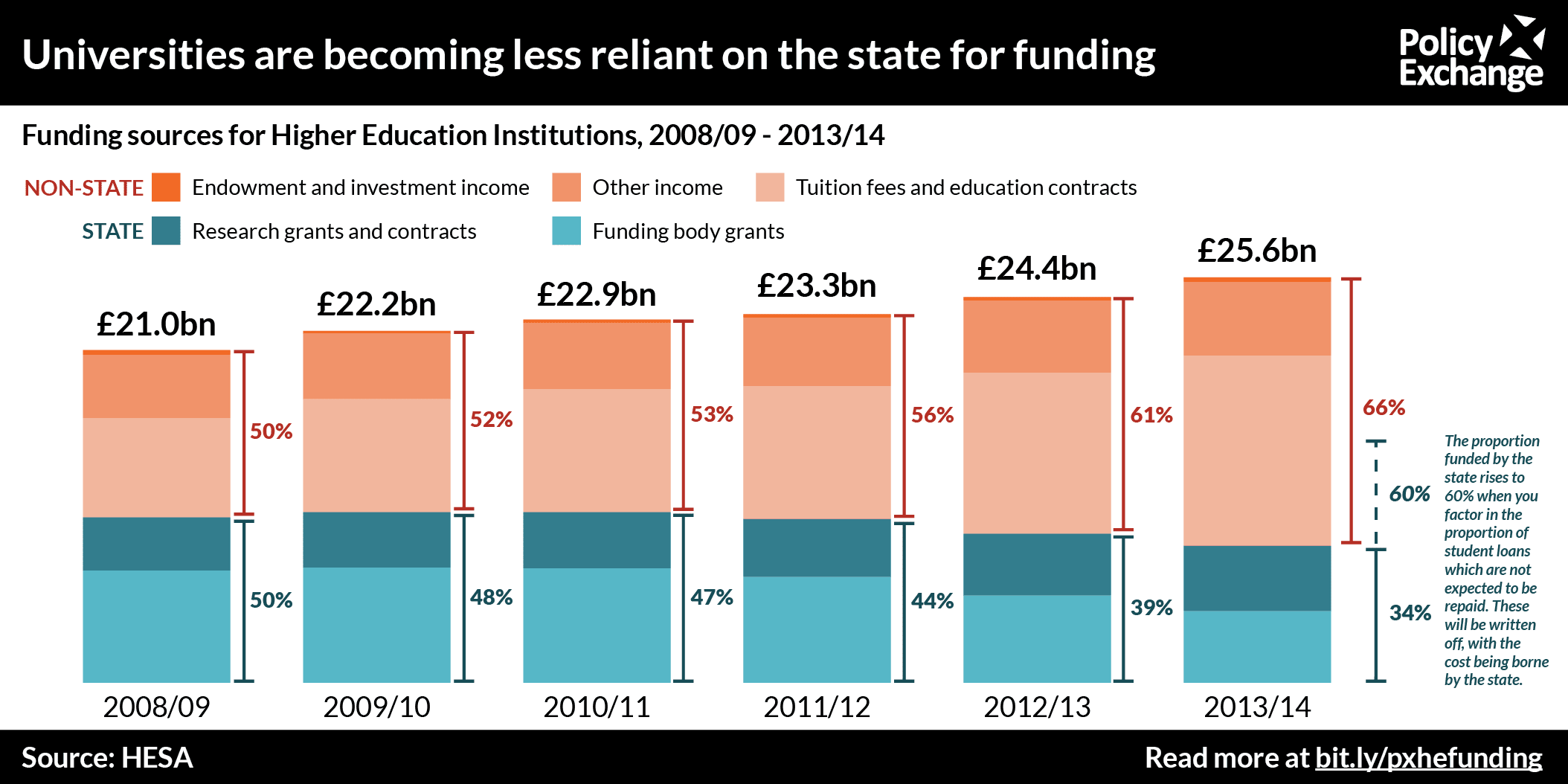
6. A graduate tax is unnecessary and would be deeply harmful. It isn’t clear, as points 3 and 5 above show, that there is a problem here waiting to be solved with the current repayment regime. But even if it there are certainly improvements which could be made, a graduate tax wouldn’t do that – and would cause a lot of other issues at the same time.
